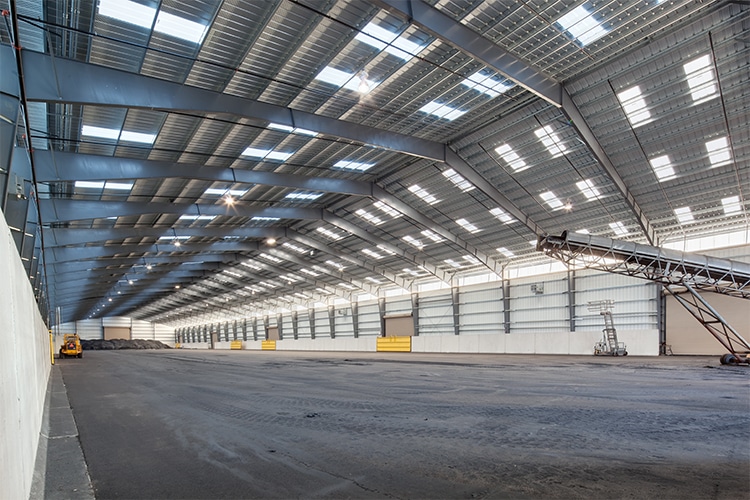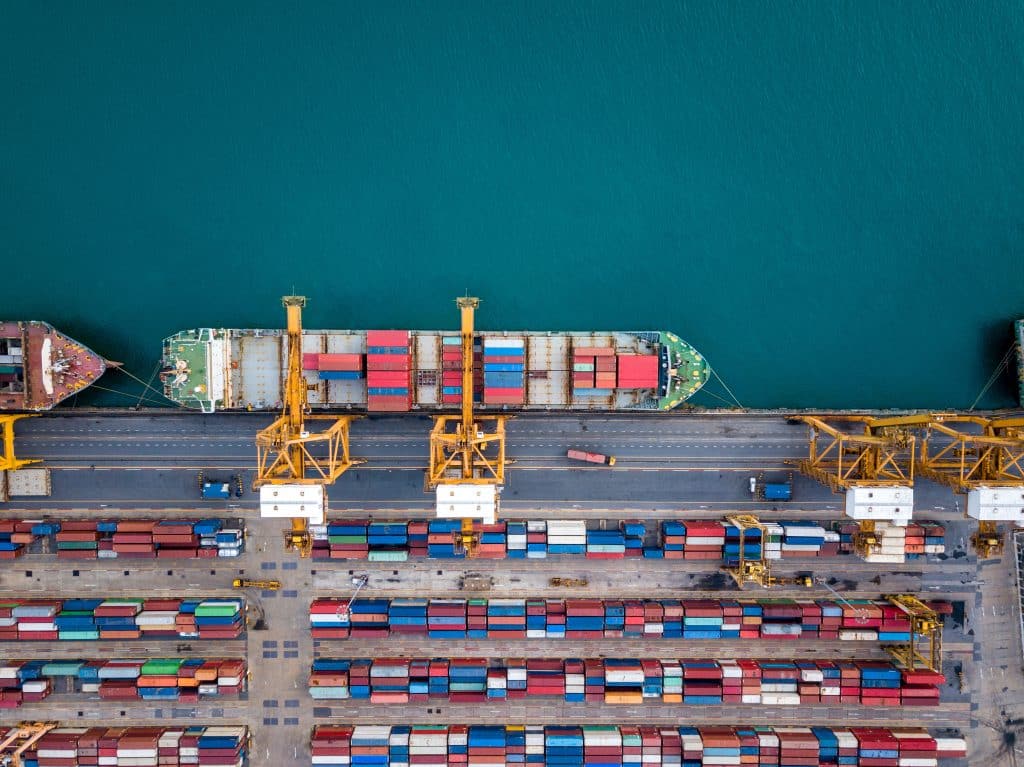What a difference a year makes! Last year, you may remember that we discussed major supply chain issues, unprecedented material escalation, and everything from freezing weather in Texas to ships not being able to offload cargo at ports.
2023 SHOULD BE MUCH DIFFERENT AND MUCH MORE PREDICTABLE!
During the third and fourth quarter of 2022, we pushed all our clients to pre-order items we knew were growing scarce, or taking a long time to arrive on-site. Whenever we could get items early, we warehoused them ourselves, or stored them on-site. We reduced post-groundbreaking project schedule delays and delivered 96% of our projects on-time. EDiS predicts the future may become a hybrid of lean inventory management and warehousing approaches, and EDiS is strategically implementing the right mix.

Now, transportation challenges have eased, and subsequently we’ve seen a noticeable decrease in the cost of freight and carrier charges. We’ve also started to see the elimination of that “lean” inventory management (a.k.a. “just in time” deliveries), which are positively impacting both lead times of some equipment and materials.
American manufacturers have also started “near shoring” goods. This is the practice of eliminating manufacturing and receiving materials and components from overseas. This has brought many manufacturing jobs back to the United States, Mexico, and Canada. While this has increased the cost of manufacturing, it has greatly decreased the transportation costs and made the delivery of materials to the jobsite more predictable.

2022 SAW A NATIONWIDE ESCALATION INCREASE OF 14.1% OVER 2021 COSTS.
That had a severe impact on the costs of projects across all sectors and geographies. Many clients required additional funding efforts or program reductions to see their projects to fruition.
However, the outlook for 2023 seems much rosier. Based on current forecasts, we believe future escalation should be about 3% to 6%. But, while restrictions related to the pandemic have eased, the geopolitical climate may continue to threatening the future cost of materials as well. Although it has been raging for over a year, the Russo-Ukrainian conflict could have a serious effect on material costs as the war continues. Exacerbating that situation is the potential breakdown of Chinese and American relations, which could have international trade implications. The estimating team at EDiS is monitoring that situation closely.
All that said, close to home, the Delaware and Mid-Atlantic construction market continues in a strong, healthy direction:
- Commodities are easier to obtain and easier to forecast. Drywall, metal studs, mineral wool, structural steel, joists, metal decking, and insulation saw significant decreases or stabilization in cost.
- We saw a return to normal pre-pandemic lead times, joists and deck have the longest lead at approximately 10 to 16 weeks from approval of shop drawings. These items have switched primarily to near shoring.
- Manufacturing returns to pre-pandemic levels. Before, 50% of steel was manufactured domestically, 50% was manufactured in Asia. In 2023, almost all steel is manufactured in the United States.
- Electrical material pricing has also stabilized. However, lead times for major equipment is still excessive. Generator lead times are running 40 to 50 weeks, 1200A and larger gear is running 60 to 85 weeks.
Overall, we are seeing a big bounce back. While we are not at a pre-pandemic level, and we may never return to that, we are in much better shape in 2023 than 2022. At EDiS, we’re staying ahead of the curve to make sure our clients get what they need, when they need it, at the right cost.

THE GOOD
- Future material cost escalation should normalize at around 3% to 6%
- Freight transportation and shipping costs decreasing
- Commodity material availability improving
- Manufacturing returning to pre-pandemic levels
THE CHALLENGING
- 2022 saw a nationwide escalation increase of 14.1% over 2021 costs
- Lead times for major equipment is still excessive
- Geopolitical climate may have downstream impacts in later 2023 and 2024



